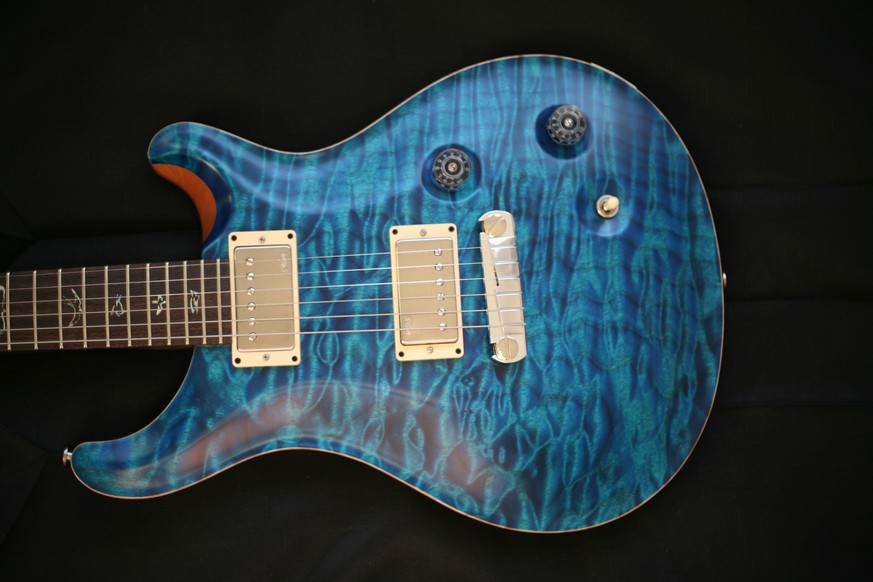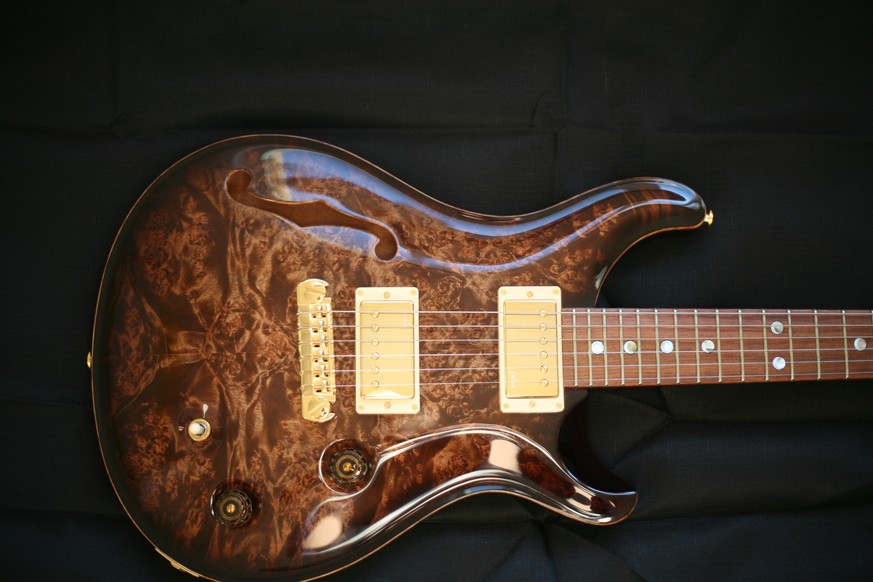Casi1
New Member
- Joined
- Jun 19, 2017
- Messages
- 1,313
I much prefer the look and feel of ‘less gloss’ on guitar body and necks. I have convinced myself that they sound better to me (confirmed, after I had a PRS guitar professionally refinished locally...). However, with regard to aging and wear, it just depends on which bad thing is more acceptable to you... I don’t like fingerprints but I like them better than scratches, BUT I will deal with the shiny spots and scratches to get my satiny finish/feel.
I just yesterday took the gloss off of one of my non-PRS guitars using DIY methods. There’s no more gloss on that maple top. Instant satin and I love it. I can’t bring myself to do that to my McCarty bodies though... I made the necks satin but that’s where I stopped. The McCarty guitars ‘might’ sound better to me if de-glossed but they would definitely look worse and that ain’t cool.
I just yesterday took the gloss off of one of my non-PRS guitars using DIY methods. There’s no more gloss on that maple top. Instant satin and I love it. I can’t bring myself to do that to my McCarty bodies though... I made the necks satin but that’s where I stopped. The McCarty guitars ‘might’ sound better to me if de-glossed but they would definitely look worse and that ain’t cool.





